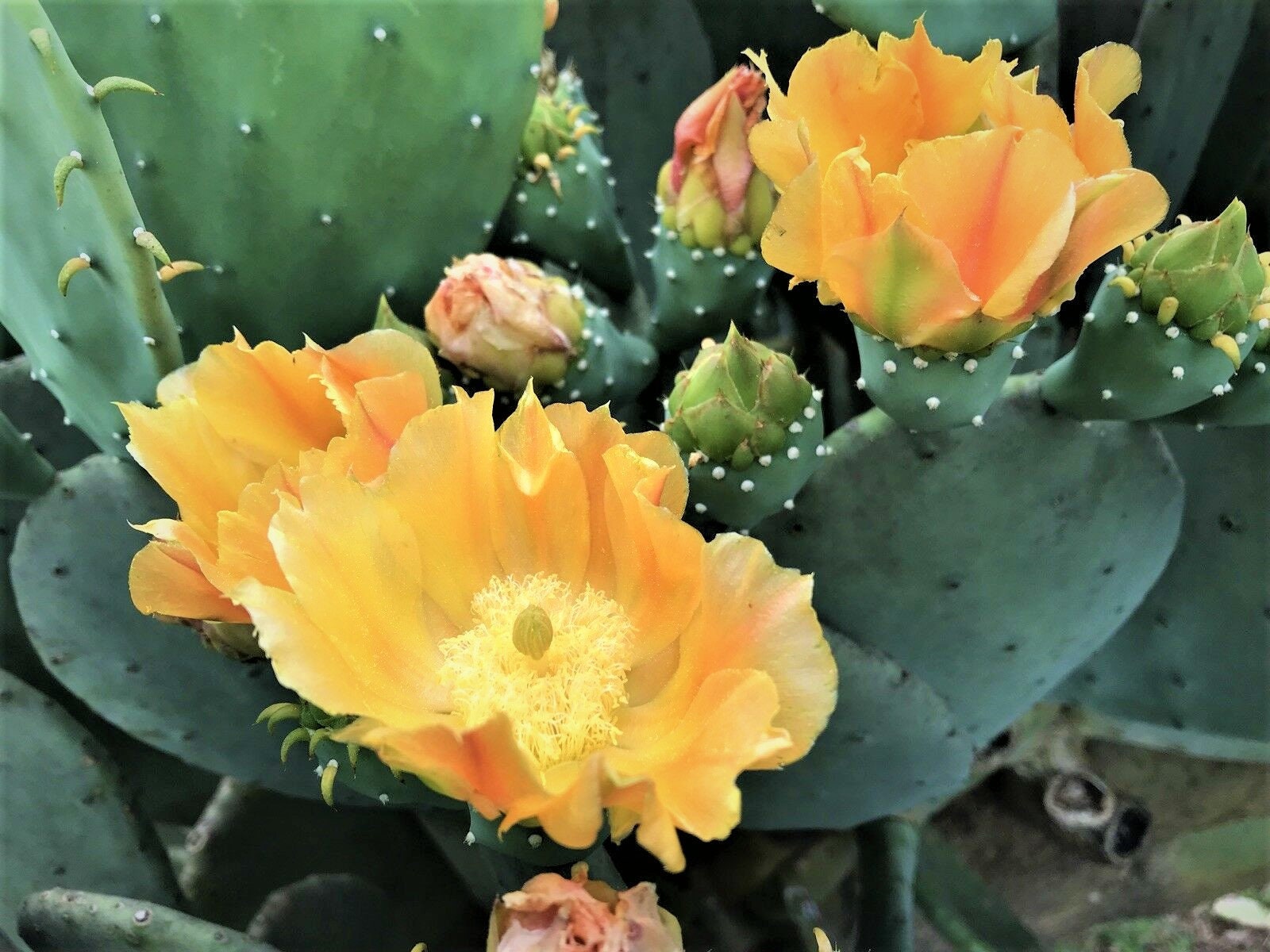
Spineless Prickly Pear Cactus Cacanapa Ellisiana Etsy
This video celebrates a spineless variety of Prickly Pear [a variation of Opuntia cochenillifera]. There are tips on growing and trimming the cactus for bes.
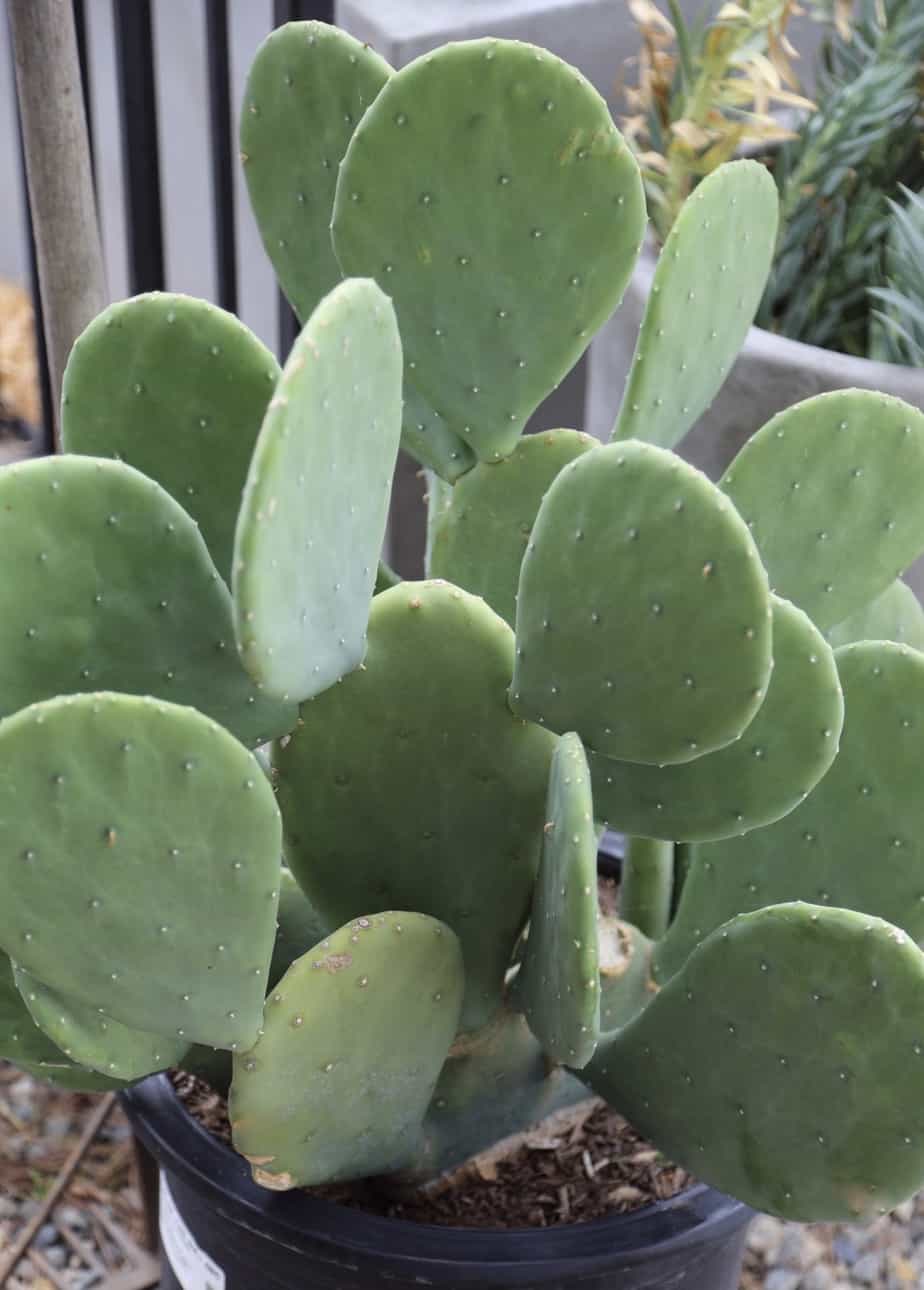
Spineless Prickly Pear Cuttings Plantly
All You should know about Spineless Prickley Pear (Opuntia Ellisiana) > how to care and characteristics 🌱 PlantIn 🌿 Our best expert are here for your plants! Plant Identifier Flowers Succulents Cactuses Ferns Shrubs Trees Grasses Herbs Foliage plants Veggies & Fruit Houseplants Aquatics

Cultivate Spineless Prickly Pear for Food Grit
There are also spineless varieties like O. ellisiana and others. The pads, flowers and fruit of most varieties are edible after careful cleaning. Most prickly pear plants are found in warm, dry climates like the Southwest, although there are some cold-hardy varieties such as the Eastern prickly pear (O. humifusa). As the plants prepare for.

Opuntia Ellisiana Spineless Prickly Pear Cactus Fully Rooted Etsy
Spineless is a relative term when it comes to prickly pear; though it lacks long visible spines, the "eyes" (glochids) still bear irritating slivers and should be handled with care, even when wearing gloves. Pads can be safely held between the glochid dots (but don't poke them in the eyes). Prickly pear can be cut back as needed (even to.
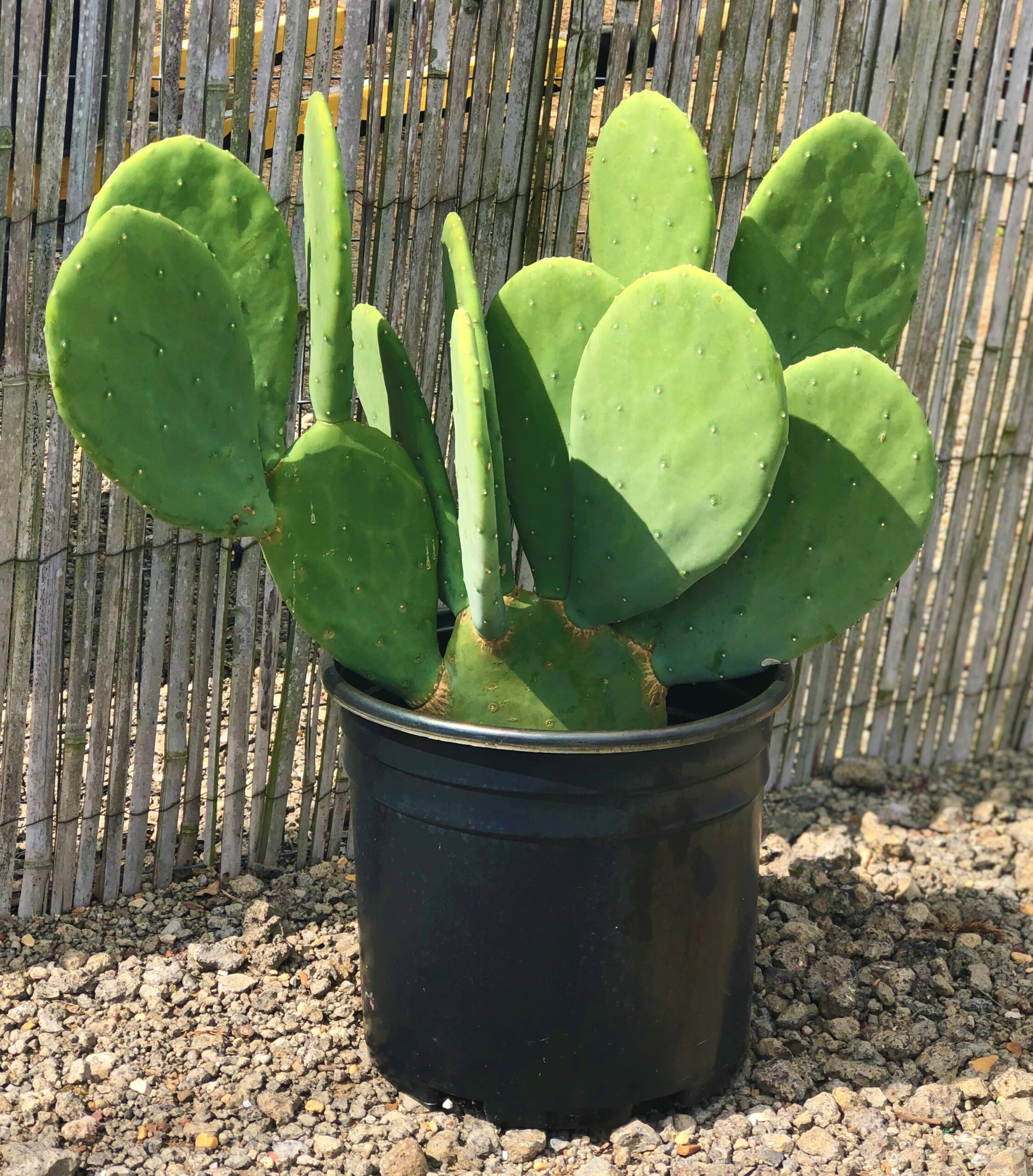
THGC Spineless Prickly Pear Cactus THGC
4. Sow the cactus seeds about 1/8″ deep. 5. Keep in seed tray in a warm spot (over 70°F), and keep the soil mix damp but not wet. Prickly pear seed germination time can vary pretty dramatically depending on the variety grown and the growing conditions. Germination can be as quick as 1 week or take many months. 6.

Spineless Prickly Pear Cactus Southwest Nursery Wholesale Landscaping Supplies Dallas
Opuntia compressa or 'Pink' Prickly Pear - This variation is low-maintenance, easy-growing and it offers beautiful pink flowers in summer. It's perfect if you live in USDA hardiness zones 4-9.. Some have sharp thorns, some have fuzzy glochids, and others are spineless, but all of them have beautiful flowers and delicious fruits.

Spineless prickly pear (Opuntia ellisiana) Stock Image C033/6428 Science Photo Library
What Is Prickly Pear? The Opuntia genus is a collection of about 150 species, commonly referred to as prickly pears or pricklypears. Other common names for various members of this genus include Barbary fig, nopal cactus, paddle cactus, Indian fig, devil's tongue, and cactus pear.

TX Spineless Prickly Pear Cactus Etsy
The spineless prickly pear is a type of evergreen cactus that, unlike other types of prickly pear cacti, isn't armed and dangerous. If you are looking for a succulent that looks like a cactus but doesn't have long, pointed spines, an Ellisiana cactus might be the plant for you. According to spineless prickly pear information, the plant.

Spineless Prickly Pear Cactus Covingtons
Burbank's plant is a form of the less hardy Opuntia ficus-indica. Our plant is a spineless selection of the US/Mexican native Opuntia cacanapa named 'Ellisiana'. For us, this fast-growing but compact opuntia makes a 3' tall x 6' wide deer-resistant mound (in 5 years) of 6" grey-green spineless pads. In August, the clump is topped with large.
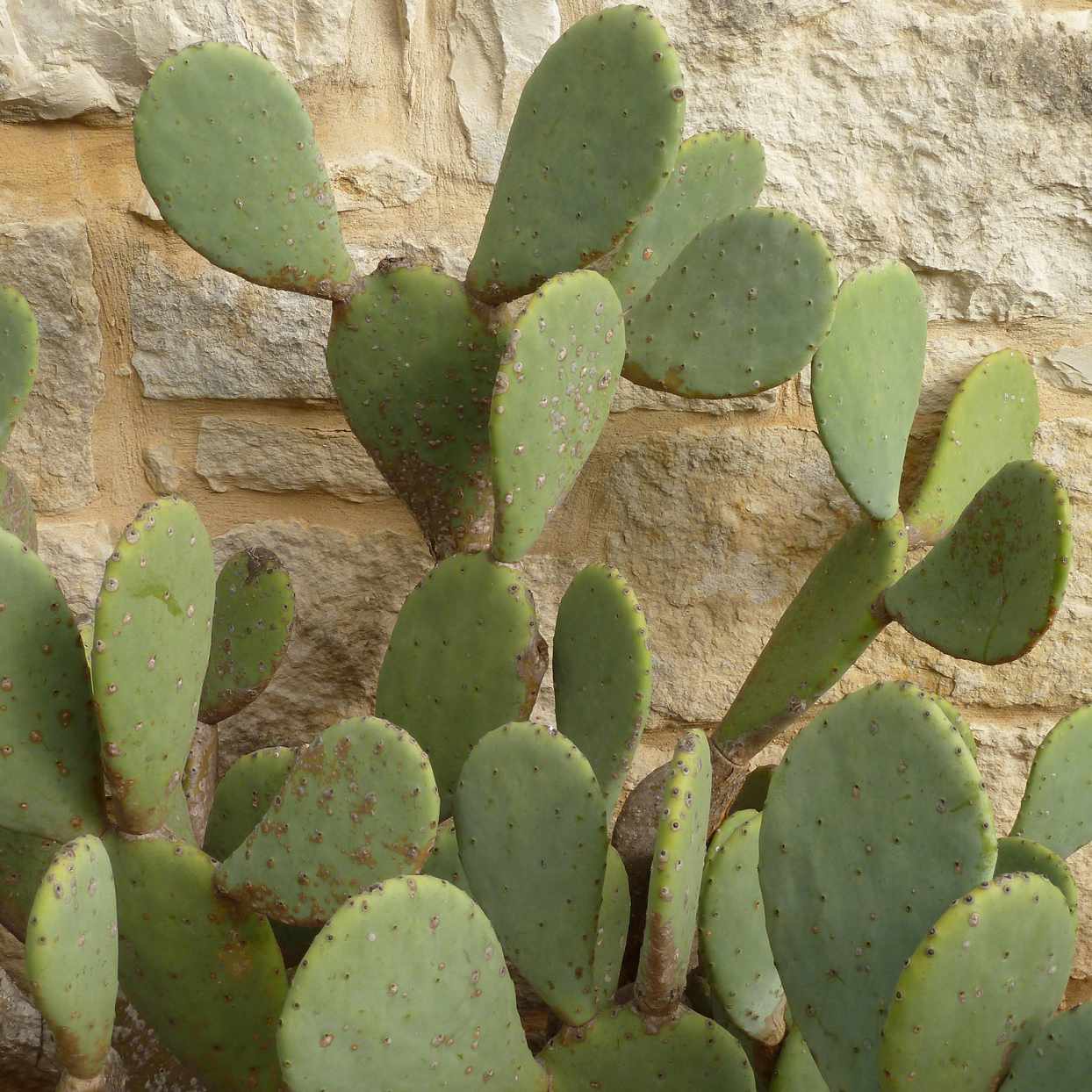
Prickly Pear Cactus Better Homes & Gardens
Ellisiana Spineless Prickly Pear Cactus is a fine choice for the garden, but it is also a good selection for planting in outdoor pots and containers. Because of its spreading habit of growth, it is ideally suited for use as a 'spiller' in the 'spiller-thriller-filler' container combination; plant it near the edges where it can spill gracefully.

What Is A Spineless Prickly Pear Opuntia Cacanapa ‘Ellisiana’ Cactus Care
Opuntia aciculata: Referred to as chenille prickly pear, old man's whiskers, and cowboy's red whiskers, this ornamental cactus is known for its yellow and red spines and a potential height of 4 feet. It grows in zones 8 to 12. Opuntia basilaris: Also called beavertail prickly pear, this species has velvety pads and deep purple-red flowers.

PRICKLY PEAR, SPINELESS/OPUNTIA ELLISIANA Backbone Valley Nursery
Spineless Prickly Pear is a relatively rare houseplant 🌿 that needs very little water to thrive. They do best in long-lasting, direct light ☀️ and should be less than 1 foot from a window. Spineless Prickly Pear likes soil that is extremely well-draining. Your plant shouldn't need added fertilizers if you repot each time it doubles in size.
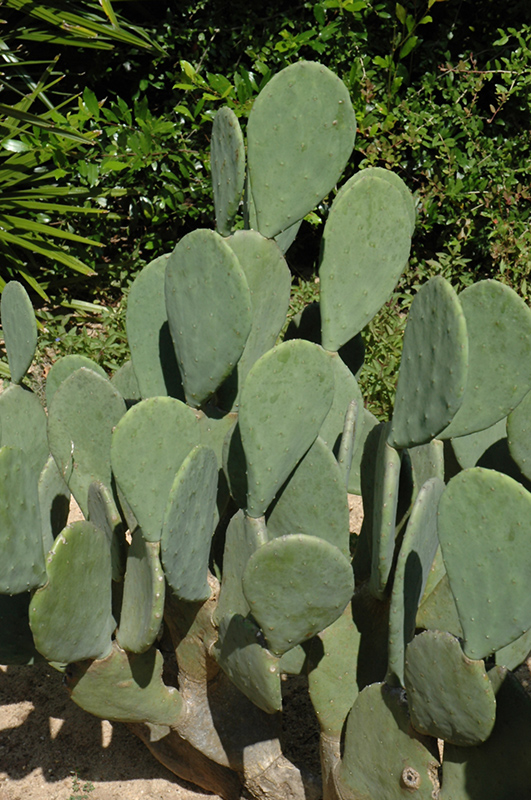
Ellisiana Spineless Prickly Pear Cactus (Opuntia cacanapa 'Ellisiana') in San Antonio, Texas (TX
Plant database entry for Spineless Prickly Pear (Opuntia engelmannii var. lindheimeri 'Ellisiana') with 19 images, one comment,. Purchased one from a local Nursery, I thought I was buying Eastern Prickly Pear (Opuntia humifusa) which looked similar in my memory. Upon entering it I see no references to it being hardy in Zone 5 so we shall see.

What Is A Spineless Prickly Pear Opuntia Cacanapa ‘Ellisiana’ Cactus Care
Characteristics of Prickly Pear Spineless. Prickly Pear Spineless is a unique variety of the Opuntia cactus species that is known for its remarkable . Unlike its spiky counterparts, this particular cactus lacks spines, making it more accessible and safer to handle. Let's explore the distinct features that set Prickly Pear Spineless apart.

Spineless Prickly Pear Cactus opuntia Cacanapa Etsy Prickly pear cactus, Prickly pear, Plants
Accent/Succulent. When someone asks for a cold-hardy spineless prickly pear, this is the one to use! Originating in south Texas and Mexico, it is free of those annoying glochids and spines, and can handle temperatures down to zero. It is also extremely heat tolerant, and its low spreading nature makes it an ideal choice for roadways plantings.

'Old Mexico' Spineless Edible prickly pear Cactus Opuntia 1 Pad Hardy eBay
The user-friendly spineless forms appear to be the more common in cultivation. Opuntia anahuacensis (Beach Prickly Pear) Opuntia arechavaletae. Opuntia arenaria (El Paso Prickly Pear) Opuntia argentina. Argentine Opuntia or Opuntia argentina, or simply the Argentia cactus, has its origins in Argentina and South Africa. These cacti grow in the.